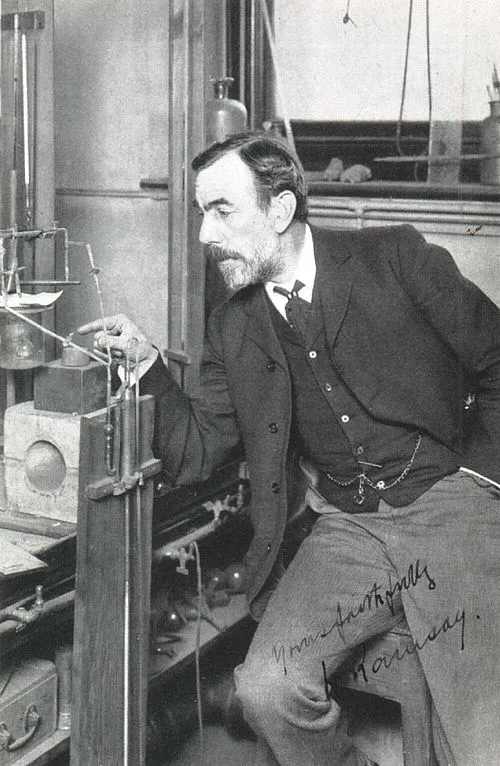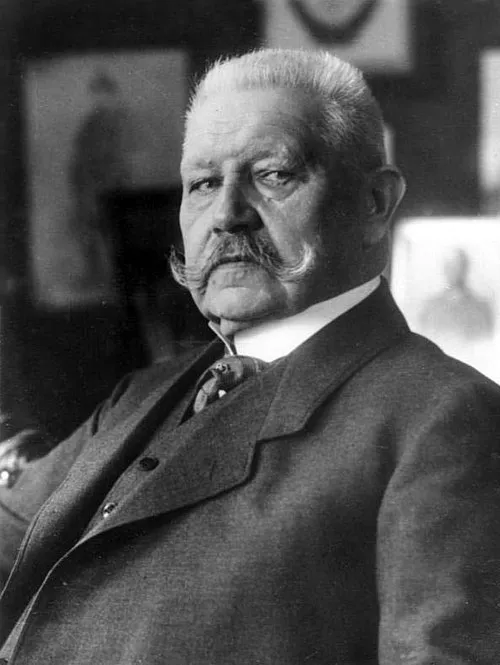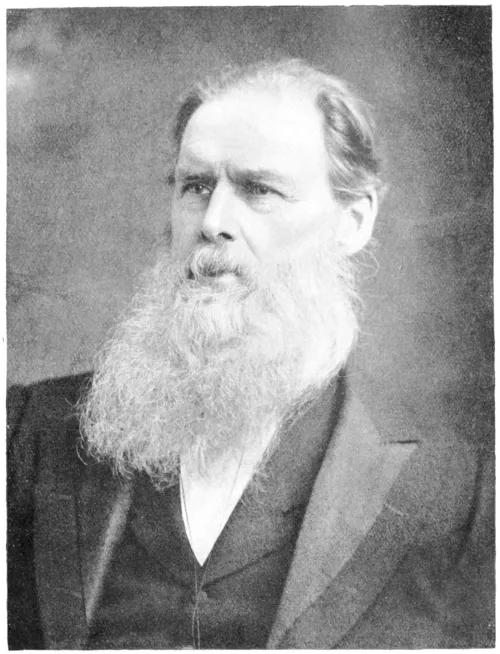
Full Name: Mahatma Gandhi
Birth Year: 1869
Death Year: 1948
Nationality: Indian
Occupation: Freedom fighter, activist, and philosopher
Notable Contributions: Leader of the Indian independence movement against British rule
Philosophy: Promoter of non-violent resistance and civil disobedience
Mahatma Gandhi: A Journey Through Resistance and Resilience
In the bustling city of Porbandar, India, in the year 1869, a child was born who would later become a beacon of hope for millions. Mohandas Karamchand Gandhi, known affectionately as Mahatma or "Great Soul," emerged from humble beginnings. His parents hoped he would become a lawyer a noble aspiration in those days. However, this path would lead him to far greater roles: that of a philosopher and freedom fighter.
As a young boy, Gandhi exhibited an inquisitive mind and a strong sense of justice. He often questioned social norms that marginalized certain groups in society perhaps laying the groundwork for his future endeavors against oppression. Despite his upbringing in the relatively privileged environment of a merchant family, he struggled with the rigid caste system ingrained within Indian society.
At the age of 18, seeking further education and independence from traditional expectations, he sailed to London to study law. Ironically, this journey away from home marked not just an educational pursuit but also an awakening a transformation fueled by exposure to diverse cultures and ideologies. It was during this period that he adopted vegetarianism and explored various religious philosophies.
Upon returning to India in 1893 after earning his degree, he found himself embroiled in racial discrimination when assigned as a legal advisor for an Indian firm in South Africa. Here’s where it all began facing blatant prejudice on trains meant for whites only sparked something within him; perhaps it was anger or perhaps it was determination who knows? But what is clear is that this incident galvanized him into action.
Gandhi’s time in South Africa became pivotal; it was there that he developed his philosophy of Satyagraha the practice of nonviolent resistance against injustice. This approach not only reshaped India's freedom struggle but also influenced civil rights movements worldwide. The first large-scale implementation came when he led protests against oppressive laws targeting Indian immigrants; each march symbolized more than just opposition it illustrated unity among communities torn apart by colonial rule.
However, returning to India brought new challenges and with them opportunities for broader activism. The British Raj loomed heavy over the nation like a dark cloud threatening its very essence. As World War I unfolded (1914-1918), many Indians enlisted under the promise that their contributions would lead to greater autonomy post-war a promise swiftly broken when harsh repressive measures followed instead.
This betrayal awakened something even deeper within Gandhi; perhaps now more than ever did people need hope the kind manifested through collective action! In response to brutal events like the Jallianwala Bagh massacre (1919) where British troops killed hundreds peacefully gathered at Amritsar he launched nationwide campaigns advocating civil disobedience while urging Indians not just to seek political change but also moral awakening!
Early Life and Education
Gandhi was born into a middle-class family and was exposed to traditional Indian culture from an early age. In 1888, he traveled to London to study law, where he faced struggles acclimatizing to a new environment and culture. However, he successfully completed his studies and returned to India before eventually moving to South Africa in 1893, where he spent 21 years fighting against racial discrimination and injustice.
Philosophy of Non-Violence
Gandhi's time in South Africa laid the foundation for his future activism. He developed his philosophy of Satyagraha, meaning 'truth-force' or 'soul-force,' which emphasized non-violent resistance to tyranny. Gandhi proclaimed, "An eye for an eye only ends up making the whole world blind," encapsulating his belief that non-violence was not just a tactic but a way of life.
Return to India and the Fight for Independence
Upon his return to India in 1915, Gandhi became a central figure in the Indian National Congress and mobilized millions in the struggle against British rule. Key events during this period included the Non-Cooperation Movement (1920-1922), the Salt March in 1930, and the Quit India Movement in 1942. He employed peaceful protests, strikes, and boycotts, capturing the hearts and minds of people across all strata of society.
Personal Life and Beliefs
Gandhi's personal life was marked by a strict adherence to simplicity and self-discipline, which he believed were essential virtues. He often fasted as a means of self-purification and protest, demonstrating his commitment to non-violence and civil rights. Furthermore, his philosophical and ethical standpoints on issues such as caste discrimination, women's rights, and communal harmony positioned him as a visionary leader ahead of his time.
Assassination and Legacy
Mahatma Gandhi's relentless pursuit of peace and justice was tragically cut short when he was assassinated on January 30, 1948, in New Delhi. His death shocked the world but his legacy continued to thrive. Gandhi's principles of non-violence and civil rights motivated activists like Martin Luther King Jr. and Nelson Mandela. Today, Gandhi is remembered not only as a national hero in India but as a global icon for peace.
The Salt March: Defiance Through Simplicity
The year was now1930; one could hear whispers across villages about Gandhi's audacious plan the Salt March! It wasn’t merely about salt it represented defiance against unjust taxation imposed by British authorities on something so fundamental yet essential for everyday life! Over nearly twenty-five days covering approximately240 miles along India's western coast toward Dandi Gandhi walked hand-in-hand with thousands who joined him along the way...
This monumental act captured global attention the sight of thousands marching silently behind him resonated profoundly across nations grappling with issues surrounding colonization and subjugation too! Ironically though... amidst growing support came severe backlash from colonial powers their fear stemming from seeing ordinary citizens unite under one banner inspired by Gandhiji's unwavering commitment towards nonviolence!
Imprisonment & Sacrifice
No hero's journey is without trials and thus began another phase characterized by imprisonment where countless individuals were arrested following noncompliance tactics employed by protesters nationwide... Yet every arrest only strengthened resolve rather than deterring momentum built around independence! Each time authorities sought silence through brutality... laughter erupted instead as if challenging them saying “we are many!”
< lang="en">A pattern emerged throughout these struggles a testament proving how courage could rise out despair even amid adversity faced daily back then.” Onlookers noted how gaunt figures exchanged deep stares between prisoners whilst chanting slogans signifying unity individuals recognizing power emanating collectively amongst them despite being locked away physically.”
This resilient spirit grew tremendously during World War II when news reached India regarding atrocities committed across Europe… every event stirred emotions leading millions towards understanding why they needed sovereignty! However ironically attempts made previously requesting Britain's cooperation fell on deaf ears leaving no choice but escalate demands directly targeting imperial policies now viewed unfit governing subcontinent!”
The Assassination & Legacy
With great fervor came tragic endings and February16th1948 witnessed one such moment forever altering destiny ahead… upon facing assassin Nathuram Godse outside Birla House New Delhi earlier that day prompting reflections among admirers yearning solace believing inherent goodness prevailed irrespective circumstance currently manifested before mankind…” Ultimately falling prey like many saints honoring principles espoused leading paths established centuries ago!” One fan expressed later sharing heartfelt sentiments wishing Gandhiji remained longer gracing life itself…” Though gone physically,” we still feel presence guiding hearts contemplating futures potential yet unrealized given combined legacies rooted deeply!”
A Lasting Impact
Dare I say lessons learned resonate even today? From inspiring leaders struggling gain footing voice silenced within walls reflecting fears society grapples worldwide exchanging respect empowering choices available equally regardless gender ethnicity background etc.! Remember recent movements emerging advocating justice seeking balance confronting system-induced fractures reveal light once lost darkness previously embedded therein!
Narratives spin crafting retellings emphasizing strength borne through struggle akin waves crashing shores reminding those around never forget continue strive progress achieved gained over centuries past told countless tales woven tapestry humanity forged together via shared experiences…” – what better homage memorializing existence commemorated yearly marking milestones forward progressing always striving ideals birthed honoring Mahatma’s memory enabling everyone witness true possibilities abound!





